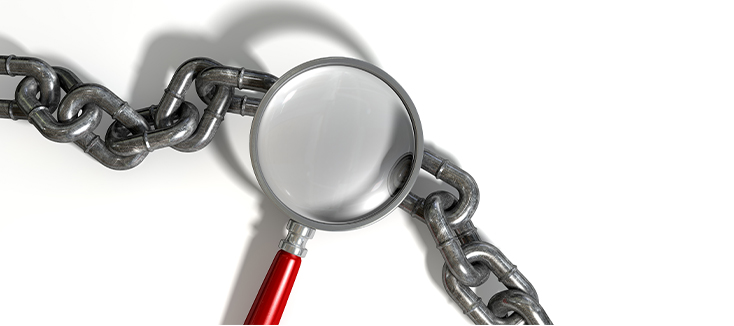It's a new year and The Joint Commission (TJC) has released its top seven National Patient Safety Goals. TJC develops these goals in order to improve patient safety in healthcare over the coming year. Every year, they craft different lists for different healthcare settings from ambulatory healthcare settings to behavioral healthcare. TJC consults experts and stakeholders in these fields to identify their goals for the year. Below, we'll be looking at the goals specifically for hospitals, but feel free to peruse the goals they have outlined for other settings here.
Each of the goals addresses an area in which TJC has noted some deficiencies in need of correction or attention. Review these goals for your own facility and see what you can do to improve patient outcomes.
Goal 1: Improve the accuracy of patient identification
It is important to correctly identify patients throughout every stage of diagnosis and treatment. TJC recommends using at least two patient identifiers when providing care to a patient. Good options are name, date of birth, phone number, or an assigned identification number. This will ensure each patient receives what they need to get and stay healthy. (NPSG.01.01.01)
Goal 2: Improve the effectiveness of communication among caregivers
This goal's focus is on ensuring that critical test results are reported to the correct party in a timely manner. In some cases, this can mean the difference between life and death for a patient. Develop written procedures that specify who needs to communicate what information and to whom; be sure to address the amount of time allowed between the time a result is available and its reporting. (NPSG.02.03.01)
Goal 3: Improve the safety of using medications
Always label all medications, medication containers, and other solutions. This prevents any mix-ups from occurring which may ultimately harm a patient. Take special care when treating a patient who is using anticoagulation therapy. Additionally, maintain and communicate accurate patient information regarding their medications to other staff member, the patient, and any other caregivers. Be sure to compare any new prescriptions with the medications they are already taking and provide written information about medications when possible. (NPSG.03.04.01, NPSG.03.05.01, NPSG.03.06.01)
Goal 4: Reduce patient harm associated with alarm systems
What with the various alarms used for different patients and different wards, there are numerous problems that can arise in a given setting. In some cases, alarms are too quiet and are easily missed, in other cases, alarms are so noisy or constant that they are tuned out or even shut off. Make whatever improvements necessary to make sure alarms are heard and responded to. (NPSG.06.01.01)
Goal 5: Reduce the risk of health care-associated infections
This goal focuses on hand hygiene and how that can make such a difference in stopping the spread of healthcare associated infections (HAIs). According to TJC, "One of the most important ways to address HAIs is by improving the hand hygiene of healthcare staff." Implement the Centers for Disease Control and Prevention (CDC) guidelines for hand hygiene. Just washing your hands can make an enormous difference in patient outcomes and in reducing the risk of HAIs. (NPSG.07.01.01)
Goal 6: Identify patient safety risks
When caring for a patient under any circumstances, mental health should never be neglected. The risk for suicide is one that cannot be taken lightly. Always follow policies and procedures addressing the care of patients identified as at risk for suicide and ensure follow-up care is procured upon discharge. (NPSG.15.01.01)
Goal 7: Prevent mistakes in surgery
A mistake in surgery can be catastrophic, leading to lifelong issues for patients. Reduce the risk of surgery by verifying repeatedly that the correct surgery is being performed on the correct patient and at the correct place on the patient's body. TJC recommends pausing before any surgery to ensure that a mistake is not made. (UP.01.01.01, UP.01.02.01, UP.01.03.01)
By working together on TJC's top goals for 2021, we can all play a part in making healthcare safer and more effective for each and every patient.


